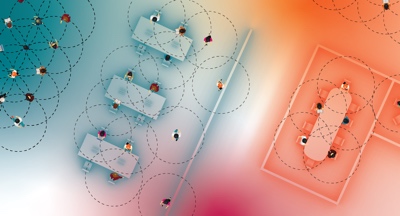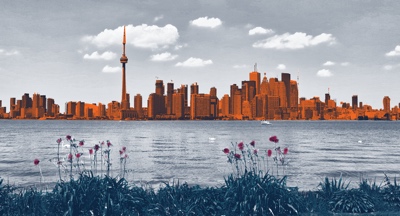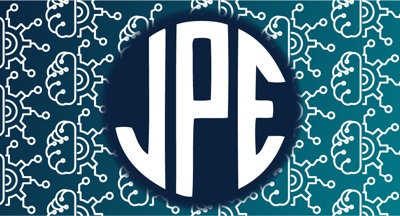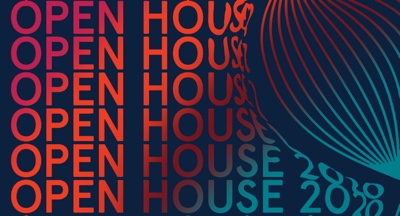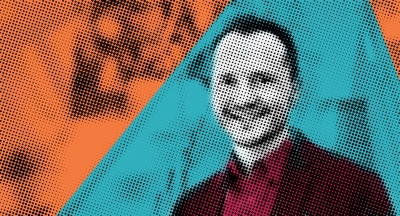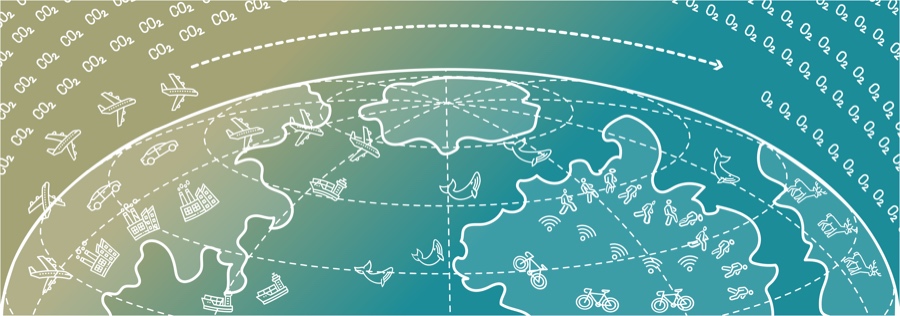Pause for a moment. Take a deep breath. Does the air seem a little fresher? It’s not your imagination. The global economic pause of the last few months has led to an unprecedented drop in pollution and other ecological stressors. In this month’s “On Our Minds…” we discuss some of the basic assumptions behind the way people were working pre-COVID, and why this might be the the time to choose a new path forward.
On our minds
Climate change has been a matter of global concern for
a generation, but the international community has yet to address it
sufficiently. The scale of the problem and its—literally
glacial—timeline make it very difficult for us to tackle. Human
brains are not wired to respond to events that are far away or abstract,
either geographically or temporally. We
are built to learn from dramatic events. When something surprising
happens, our brains go over it again and again and consider how it might
have happened differently. This is how we learn and change.
A silver lining of the current economic pause is that something
dramatic has happened from an environmental perspective. Suddenly the
waters under Venice and the skies over Los Angeles are clear. Fisheries
are recovering from years of overfishing. Worldwide, we are on track for
something between a 4-8% reduction in carbon emissions—the largest
decrease in history (though, to be clear, it
still isn’t enough).
These positive developments have nonetheless come at the cost of
significant hardship for many people. Economic recovery is an urgent
requirement. While there is plenty of debate over the shape of that
recovery, the one thing most people seem to agree on is that there
is no going back. As leaders chart a path forward, we must learn as
much as we can from the rapid transformation of the last few months. Few
moments offer us so clear an opportunity to reconsider how we got here and
whether we might prefer something better than a return to the past.
Take business travel as an example. Carbon offsets were supposed to
disincentivize travel by making it cost more, but emissions from air
travel still
continue to rise. Most companies did not alter their travel
practices to meet sustainability targets, even as tools enabling digital
connection became ubiquitous.
Now, we are seeing what happens when all of that travel stops. As
businesses resume a more normal level of activity, there is an opportunity
to ask whether all this jetting around is actually worth as much as we
thought. Travel may still be necessary, but we are
also learning that people can deliver the same
value without going anywhere. New policies integrating
eco-responsibility can be a bigger part of how we decide to travel (or
not) in the future.
The daily commute is also ready for a rethink. We formerly took it as
a given that most people have to go to physical workplaces to do their
jobs well. This carries a built-in environmental and quality-of-life cost,
and increasingly looks like a relic of the Industrial Revolution. The
recent mass shift to telework—in which up to half of all workers in
the US are
working from home—calls into question the assumption that
people must colocate to work effectively.
The telework shift has been challenging to many, especially those who
have had to balance work with child or dependent care. However, it is now
clear that many more people could telework than did before the crisis.
Asking fewer people to commute frees up time and resources that could
be put to better use. For example, Seattle recently announced that several
streets that were blocked off to enable citizens to exercise during the
pandemic will
now be permanently closed.
Also in service of wellness, this time has inspired a long overdue
debate about about natural ventilation. For a long time, we’ve
assumed that ducted ventilation was better than fresh air because it is
more controllable. Yet, right now, people are opening their windows to protect themselves from COVID.
Operable windows have long been the bete noir of HVAC engineers.
It’s true that opening a window can hamper the functioning of a
finely-tuned ventilation system. It’s also true that fresh air is
the best air, having been shown to benefit overall health,
well-being, and even productivity.
We are fans of biophilia, design that mimics or is inspired by nature,
because it
improves the workplace experience. Also among its virtues: it
encourages designers to think more holistically. In environmental design,
there is a tendency to isolate technical and functional elements of a
building—ventilation, lighting, acoustics—and to optimize them
individually. Biophilic design encourages one to think of building
elements as an interconnected system—much like nature itself. A
tree, for example, doesn’t just do one thing. It offers protection
from the elements, cleans the air, stimulates the mind and may even
provide food all at the same time.
While the need to restart economies is pressing, environmental
concerns cannot be tossed aside. In fact, there has never been a better
time to make them an integrated part of our approach to work. The next few
months may well determine whether we continue on the previous
unsustainable path or successfully shift toward the greener future.
From the archives
Around this time last year, our newsletter explored what it takes to be a great remote employer. The measures we advocated back then—a focus on wellness, culture, and investment in increased capacity—remain every bit as relevant today.
Back in 2017, we appeared at Cornell’s ILR School alongside our longtime friend, collaborator, and Cornell alum, Nick Livigne. Our discussion focused on space as a driver of innovation and collaboration.
That’s all for this month. We want to hear more about what you’ve learned from work in the time of COVID. Drop us a line to share your thoughts, sustainability hacks, or social distancing stories.
Here’s what has had our attention this month.
While much of the US is still on lockdown, several organizations have stepped up by delivering their programming to an online audience—much of it for free! Here are a few virtual offerings worth a click:
